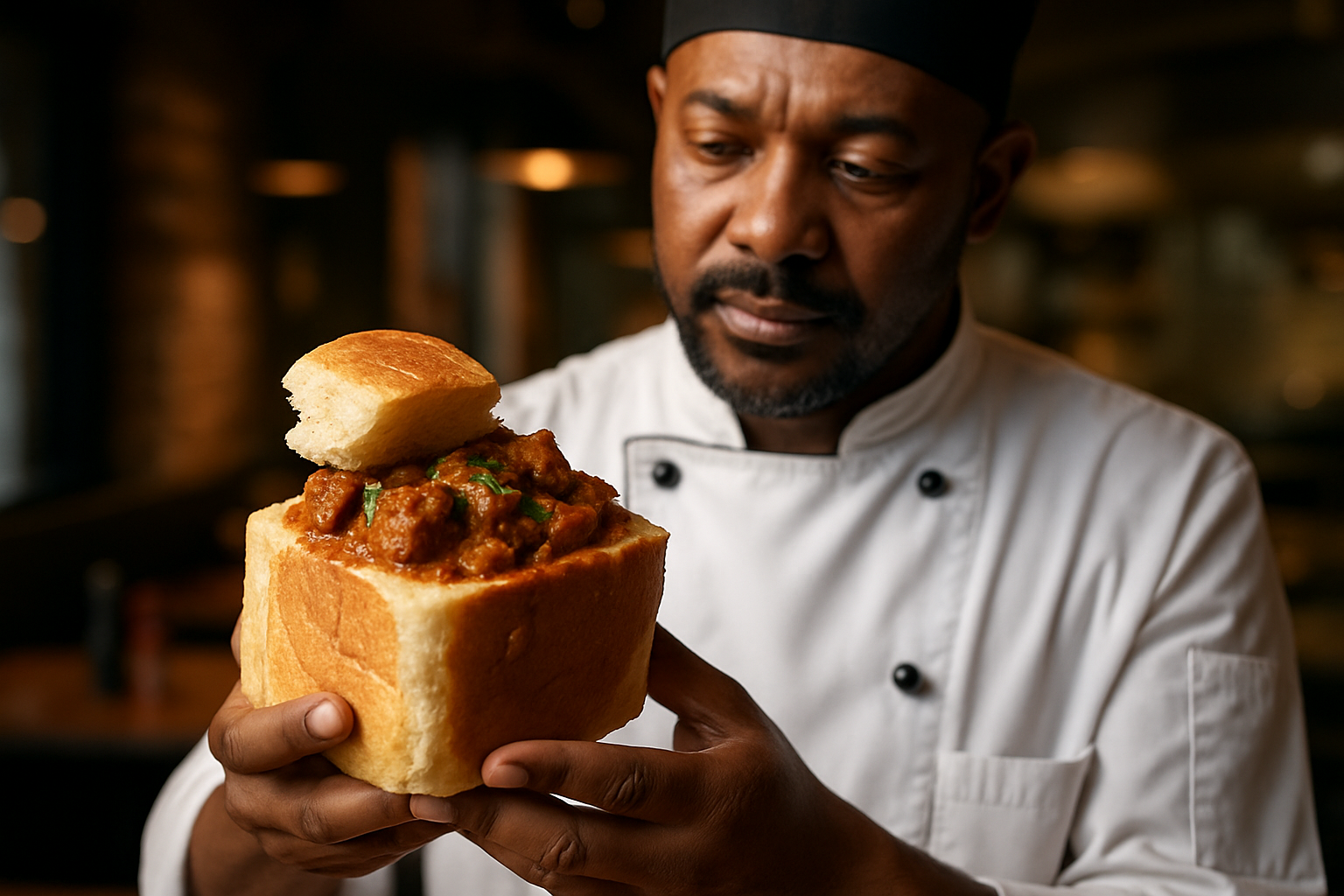Culinary Cinema: The Intersection of Food and Film
In the realm of artistic expression, a unique and tantalizing genre has been simmering, ready to captivate audiences worldwide. Culinary cinema, a delectable fusion of gastronomy and filmmaking, has emerged as a powerful medium for storytelling, cultural exploration, and sensory engagement. This innovative approach to cinema goes beyond mere visual representation, inviting viewers to experience a symphony of flavors, aromas, and emotions through the lens of food-centric narratives.

From Kitchen to Screen: The Art of Food Cinematography
One of the most challenging aspects of culinary cinema is the art of food cinematography. Capturing the essence of a dish on film requires a delicate balance of lighting, composition, and timing. Cinematographers employ various techniques to make food look appetizing on screen, from using specialized lenses to create depth and texture to carefully controlling the temperature of dishes to maintain their visual appeal during long shooting sessions.
Narrative Ingredients: Storytelling Through Food
At its core, culinary cinema uses food as a vehicle for storytelling. Directors and screenwriters weave intricate narratives around culinary traditions, family recipes, and the emotional connections we form through shared meals. These films often explore themes of identity, culture, and personal growth, using food as a metaphor for larger life experiences and transformations.
The Global Flavor Palette: Cultural Exploration in Culinary Cinema
Culinary cinema serves as a powerful tool for cultural exploration and understanding. By showcasing diverse cuisines and culinary traditions, these films offer viewers a window into different cultures and ways of life. From the bustling street food scenes of Southeast Asia to the refined culinary traditions of Europe, culinary cinema celebrates the global diversity of food and its role in shaping cultural identities.
Beyond the Screen: The Impact of Culinary Cinema on Food Culture
The influence of culinary cinema extends far beyond the theater, impacting food culture and culinary trends worldwide. Films that showcase particular cuisines or cooking techniques often spark renewed interest in those culinary traditions, leading to increased tourism, restaurant openings, and a surge in cookbook sales. Moreover, culinary cinema has played a significant role in elevating the status of chefs and food professionals, turning many into cultural icons and influencers.
The Future of Flavor on Film
As technology advances and audience preferences evolve, culinary cinema continues to push the boundaries of storytelling and sensory engagement. Virtual reality and augmented reality technologies promise to create even more immersive culinary experiences, while the rise of streaming platforms has opened up new avenues for food-centric content. From feature-length films to documentary series and short-form videos, the world of culinary cinema is more diverse and accessible than ever before.
In conclusion, culinary cinema represents a vibrant and evolving genre that celebrates the universal language of food. By combining the visual artistry of film with the sensory pleasures of cuisine, these productions offer a unique and engaging experience for audiences. As we continue to explore the intersection of food and film, culinary cinema stands poised to serve up even more delicious stories and cultural insights in the years to come.




